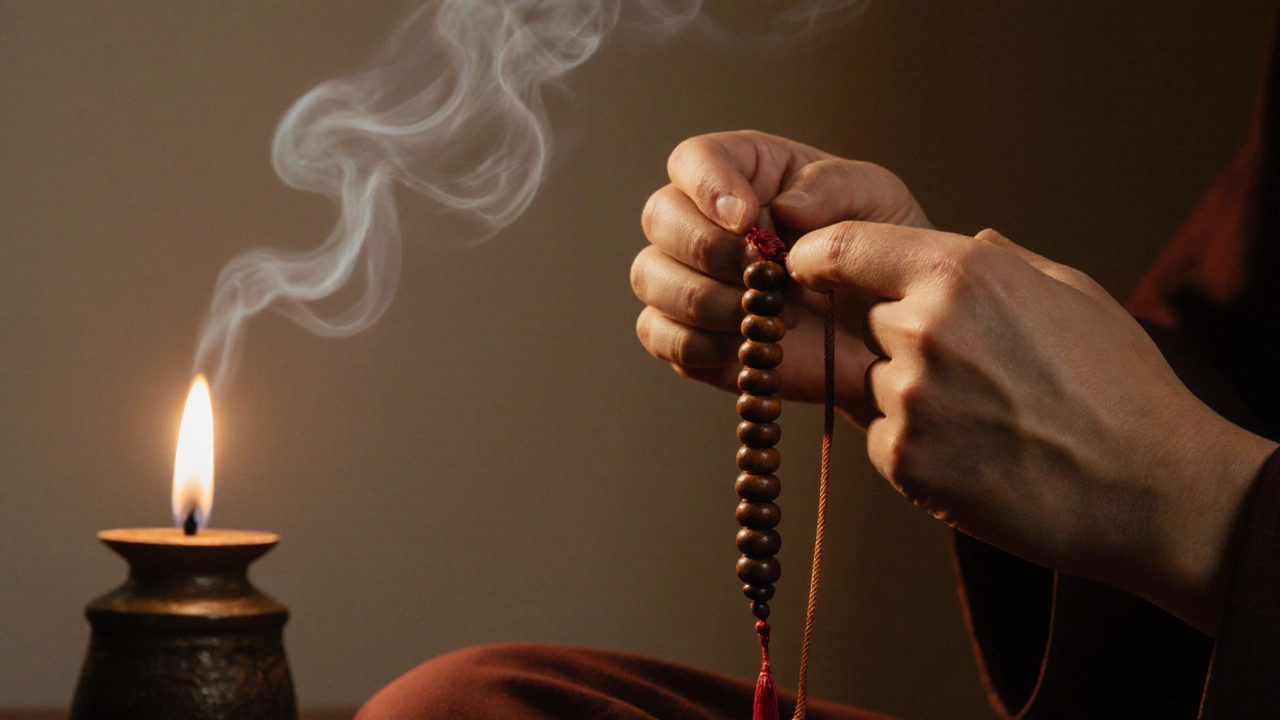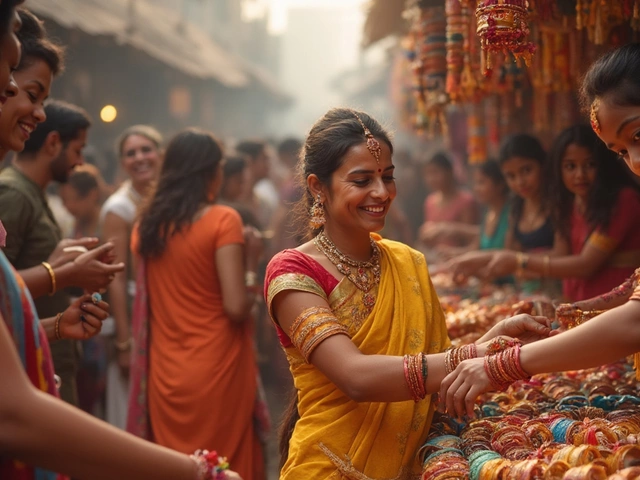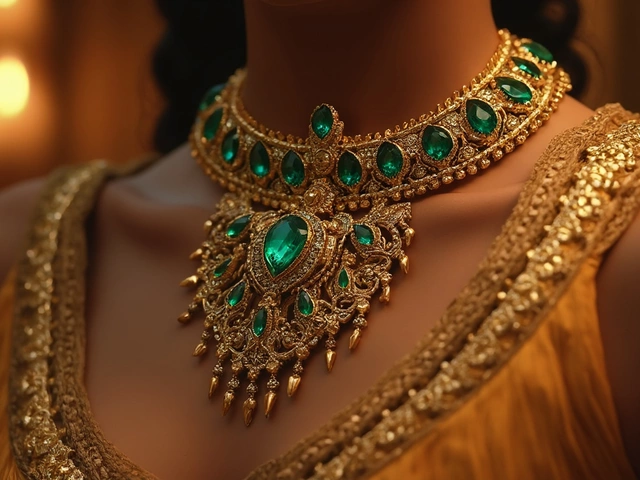Bead Numbers Meaning: Decode the Symbols Behind Every Bead
When working with bead numbers meaning, the practice of assigning specific numbers to beads to convey cultural, religious, or personal messages. Also known as bead numerology, it links a simple ornament to a deeper story. Understanding these numbers often starts with the black beads, the dark spheres traditionally used in Indian mangalsutras to ward off evil and signify marital strength. The black bead’s role illustrates how a single color can carry a whole set of beliefs, and it shows that bead numbers meaning is not just about aesthetics but about cultural identity.
Why Bead Numbers Matter in Everyday Jewelry
Every numbered bead creates a tiny language that speaks to the wearer. Bead numbers meaning encompasses cultural symbolism, personal milestones, and even astrological cues. For instance, a bead marked “7” might represent the seven vows of marriage, while “108” often appears in spiritual bracelets for its sacred Hindu significance. This system requires knowledge of traditional Indian jewelry, handcrafted pieces that follow millennia‑old design rules and hallmark standards. When you pair a numbered bead with a gold chain, you’re weaving together material value and invisible meaning, a blend that many collectors cherish.
Another key player is the mangalsutra, the sacred necklace Indian brides wear as a sign of marital commitment. Mangalsutra design frequently relies on bead numbers: a row of 21 black beads, a cluster of 8 silver beads, or a single 3‑digit pendant can each tell a different story about the couple’s journey. Understanding these patterns shows how bead numbers meaning influences larger jewelry pieces, turning a simple strand into a narrative piece.
Beyond marriage, bead numbers also shape jewelry symbolism, the broader language of symbols used across rings, earrings, and bracelets to convey status, protection, or luck. A red bead marked “5” may be chosen for its connection to the five elements in Ayurveda, while a white pearl with “12” could represent the twelve zodiac signs. This illustrates the semantic triple: "Jewelry symbolism influences bead numbers meaning" and highlights why collectors pay close attention to each digit.
Modern designers are blending these age‑old codes with contemporary aesthetics. A minimalist gold bangle might feature a single engraved “1” to signal individuality, while a mixed‑material necklace could combine black beads, silver charms, and a 108‑counter to appeal to both fashion‑forward shoppers and tradition‑keepers. Here, the triple "Bead numbers meaning requires design innovation" becomes clear – you need both cultural knowledge and creative skill to make the piece work today.
By the time you finish reading, you’ll see how bead numbers act as a bridge between personal expression and collective heritage. Below, you’ll find articles that dive deeper into specific numbers, explore the history of black beads, break down mangalsutra designs, and give practical tips for spotting authentic symbols in the market. Whether you’re a buyer, a collector, or just curious about the hidden language of beads, the collection ahead will give you the tools to read each number with confidence.
How Many Beads Bring Good Luck? A Complete Guide to Auspicious Numbers
Discover which bead counts are considered lucky across cultures, their meanings, and how to choose the right number for bracelets, malas, and necklaces.





